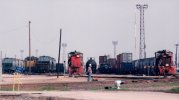Focalplane
Western Thunderer
Back to scanning! Three from Hardy Street, Houston:
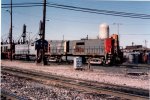
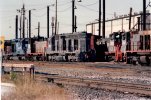
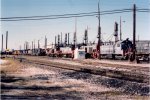
Cynical comment - did anyone from Union Pacific stand at the corner of Opoulusas Street prior to the UP/SP merger?
Moving toward Beaumont, working locos at Englewood Yard:
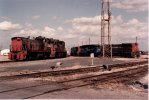
Englewood is the largest marshalling yard in Houston, complete with hump. It parallels the Sunset Route for several miles between Downtown and Loop 610. Mostly off limits and impossible to photograph the hump in operation. Year unknown but based on the camera used it would have been at the time of the merger, possibly 1994.



Cynical comment - did anyone from Union Pacific stand at the corner of Opoulusas Street prior to the UP/SP merger?
Moving toward Beaumont, working locos at Englewood Yard:

Englewood is the largest marshalling yard in Houston, complete with hump. It parallels the Sunset Route for several miles between Downtown and Loop 610. Mostly off limits and impossible to photograph the hump in operation. Year unknown but based on the camera used it would have been at the time of the merger, possibly 1994.

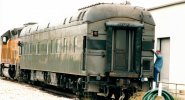
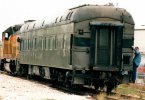
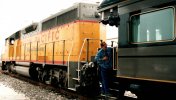
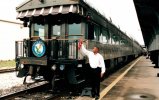
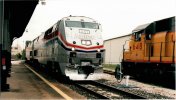
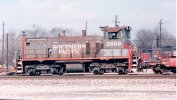
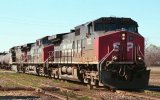
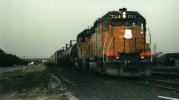
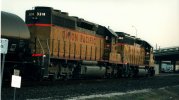
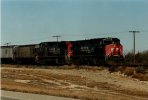
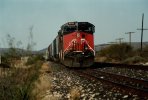
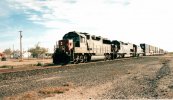
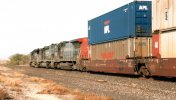
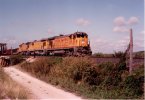
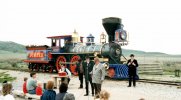
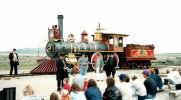
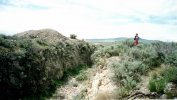
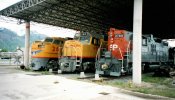
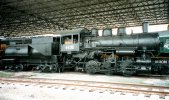
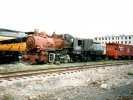
 .
.
